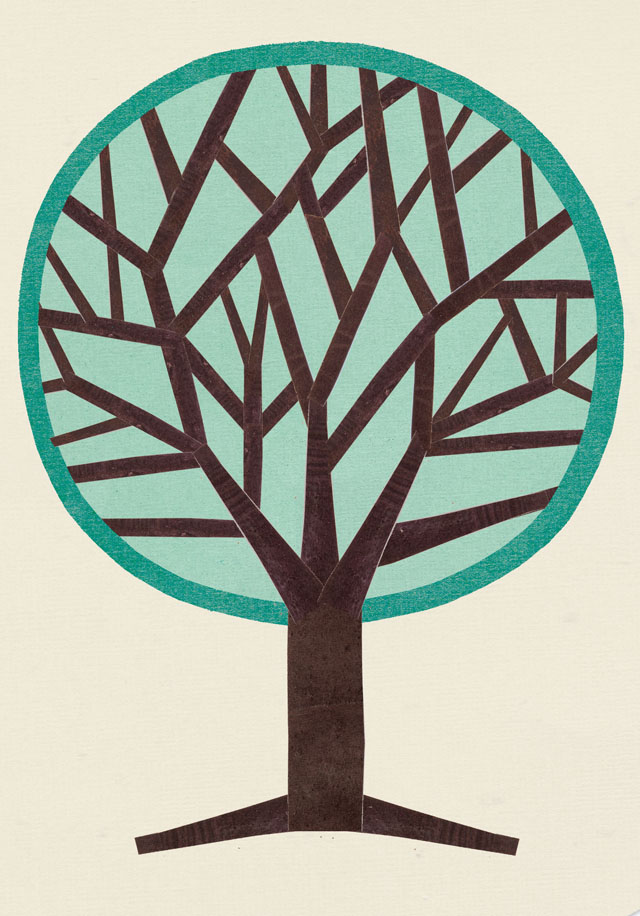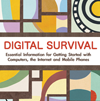- The Computer
- The Internet
- The Mobile Phone
Computer hardware

This is what you would you see if you opened up a computer. 
What's inside a computer:
- Central Processing Unit (CPU): the 'brain' of your computer. The CPU performs calculations and tasks that make programmes work. The faster the CPU, the quicker the computer's performance.
- Random Access Memory (RAM): RAM can be understood as the computer's 'memory'. It stores information that is needed quickly by the programmes and applications running on your computer. More memory lets you run more applications at the same time without slowing down your computer,
- Hard Disk Drive (HDD): all your main data, including your operating system, your software programmes and your personal files, is stored on the computer's HDD. A typical HDD is only slightly larger than your hand but it can hold over 100 GB of data. The larger the hard disk, the more information you can fit on the drive.
- Video Card: the video card helps the CPU to process and display graphics. Most computers have built-in video cards which are adequate for day-to-day use.
- Sound Card: like a video card, the sound card helps the CPU to process sound. Most sound cards give you the power to plug in speakers and a microphone in order to play music, watch videos or have voice chats. As with video cards, many computers come with sound cards already installed; you only need to buy one separately if you need better sound quality for your work.
- Motherboard: everything is connected through the Motherboard. It acts as a circuit board bringing all the different parts of the computer together.
- Optical drive: for playing and writing CDs and DVDs. These are becoming less common, particularly in laptops.
To learn more about how your computer works, see: How Stuff Works: How PCs Work: http://www.howstuffworks.com/pc.htm

